“Wait a second…is that a game?”
It was my first night with the game High Frontier 4 All, the 2020 fourth-edition release of designer Phil Eklund’s magnum opus, 2010’s High Frontier. My eight-year-old, who often helps me set up games before our review crew game nights, sat near our game table as I began to set up Space Diamonds, the introductory variant of High Frontier 4 All that would serve as the night’s main event.
He continued staring at the board in amazement. “Is the goal to go everywhere on this map?” my son asked. “How long does this game take?”
I laughed. My son seemed to already know what makes High Frontier 4 All possibly the most intimidating tabletop game ever created—the onboarding is a beast. That starts with a map that might be the most detailed board I have ever seen.

Starship: Enterprise
Growing up, I had one of those oversized, pull-out maps of the galaxy…but not the REAL galaxy. Instead, it was the one imagined by fans of the TV show Star Trek. Do you remember the star maps? I’m talking about straight nerd fare, with imagined views of a plotted star map where you had the United Federation of Planets, possible Klingon locations, the Romulan Empire, the whole nine yards.
I would pull out the map from time to time and lay it on my bed, imagining what it might be like to really explore the galaxy as the captain of the Enterprise. (A lot of this happened for me after seeing Star Trek II: The Wrath of Khan, which we all agree is the best Star Trek movie ever made.) It was wild, thinking about space exploration…I wasn’t as fascinated by the potential science of it all, but more the adventure that was tied to beaming down to a planet, meeting alien species, and getting into a scrap with my away team after setting phasers to stun. Stun. Always…stun.
Prior to this first play of High Frontier 4 All, I had actually seen the board a few years ago. My friend Johnny has the game, and he bought the oversized neoprene mat of the High Frontier board. It was frightening. I couldn’t believe how detailed it was. The mat takes up an entire table. But it gave me those same vibes of the fictional Star Trek maps, with a large series of lines that connected asteroids to planets to Sol to distant space.
It was so much. I think many players, even in 2025, look at the High Frontier 4 All board and immediately run for the hills. The purest definition of complex. “Not for me.” There’s such a rich layer of real-world science built into the game’s design…as the rulebooks remind you, High Frontier 4 All is designed and developed by real-world rocket scientists, so the terminology and gameplay is as legit as it gets for a product distilled into a board game.
But even my son, who got so excited looking at the map that he wanted to play Space Diamonds after we set it up, began to see how the game’s map might work for a board game. “Daddy, is this like the game with the trolley routes?” he asked. He was talking about Lisbon Tram 28, a game we reviewed a few years ago. In that game, my kids had the chance to see how multicolored train lines worked by connecting train routes to customers who needed to get to their destination.
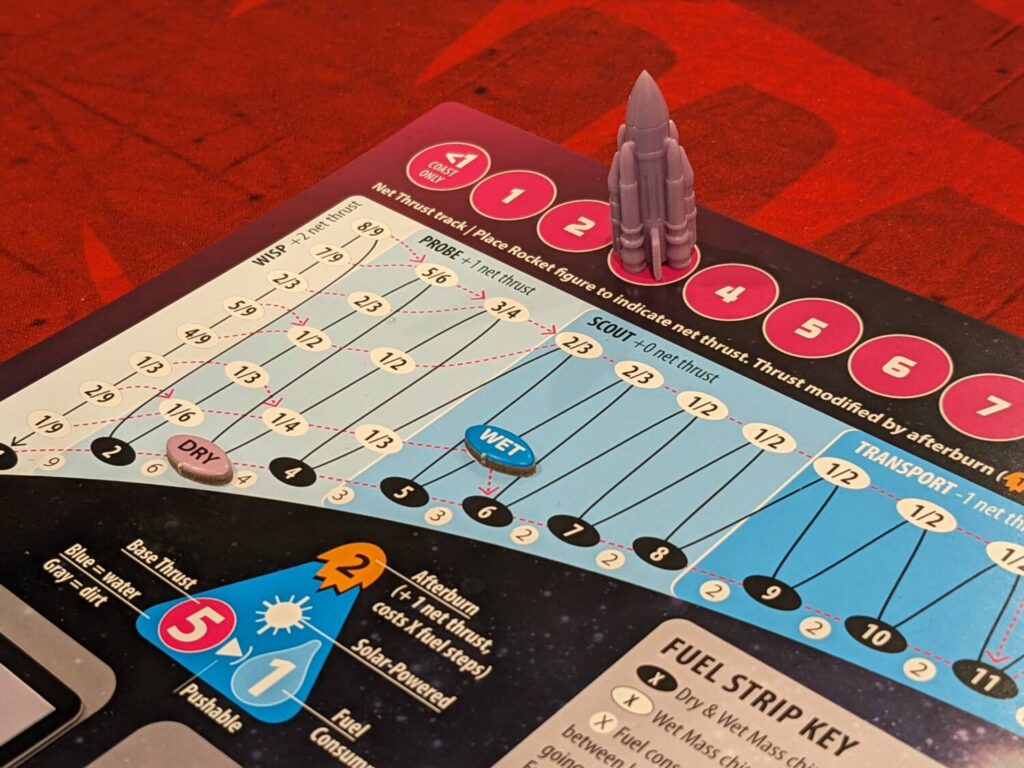
This also meant that my son saw the magic of the express route right away, when referencing the High Frontier movement system used in Space Diamonds. He spent time drawing his fingertips along the various lines used for space travel, the stops, using the legend to the left of the main display, the way bonus movement would help his traversal of the areas near the planet Mercury.
The font size and type, for a fifty-year-old sight-challenged person trying to read the board’s text from across the table, is an absolute no-win situation. I will absolutely be ordering an oversized neoprene mat of my own, because there are so many small words on the board that I could feel myself going blind as I tried to pick out the name of the space located just a few feet away from my seat. I’m going to limit the player count for my initial plays of High Frontier 4 All simply because everyone is going to have to sit as close to the map as possible.
But the map is beautiful. It wasn’t, upon first glance, but as I have spent more and more time with the game, the map is quickly becoming the game’s best physical asset. Understanding Lagrange spaces, Hohmann intersections, the terminology used to define various sites on the map, the way to read each of the map’s Heliocentric Zones (Ceres, Earth, etc.), and the way players can slingshot around certain locations to move across the map on a single turn have been a blast to grasp, even in the initial pass of the rules.
My son joined me for a play, but he did not join me for a read of the rules. That’s because his look of horror upon seeing all the manuals was also my look of horror…five rulebooks is a lot to take in.
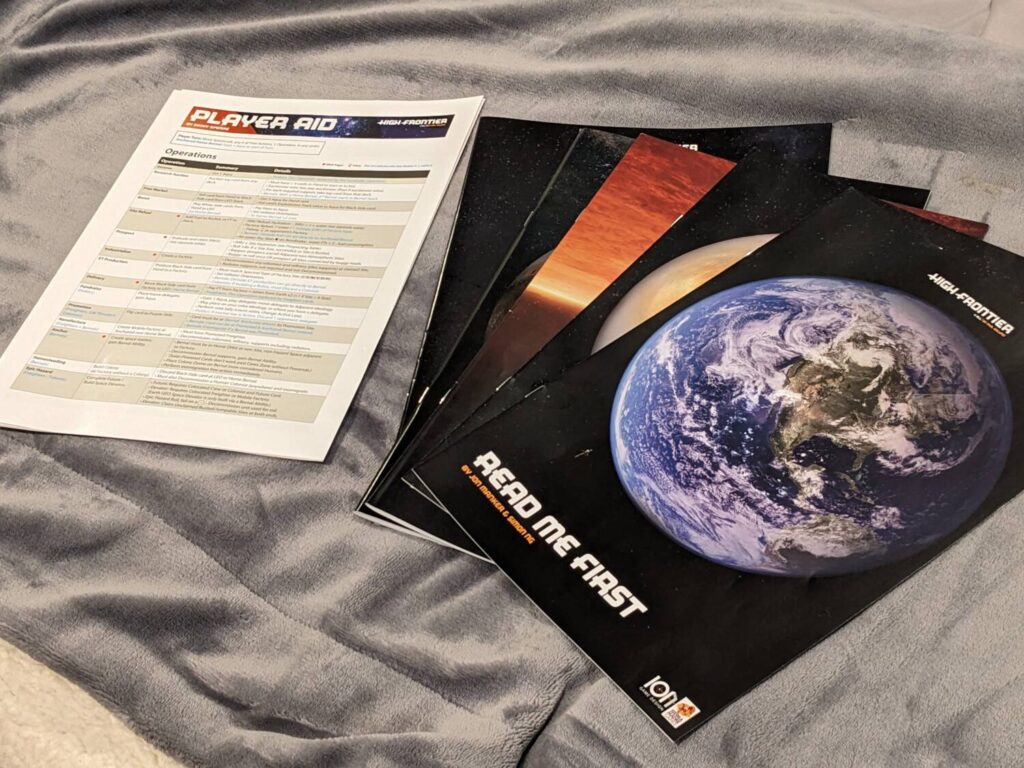
“Could You Pass Me All Five Rulebooks?”
Almost four years ago—let’s call it mid-Covid, maybe the spring of 2021—a guy in one of my game groups excitedly showed me a new purchase he had made after one of our game nights. He had just purchased the then-new version of High Frontier 4 All, now its fourth edition of the game.
“Look at this, man, look! And there’s like five rulebooks included in the—”
“NO WAY I’m playing that, buddy,” another person said when they saw all the rulebooks. “It’s gonna take you weeks to learn it.”
And that was that. It’s wild—and maybe a little sad—how often I see this from gaming groups. One player runs out and buys a new game without first socializing what that game’s investment in systems, rules, playstyles, etc. will require from the group. What if you just spent $100 on a game, only to realize that no one wants to play it? (Cut to everyone I know, nodding in agreement.)
I believe that was my first introduction to the game, but other players have raised the possibility of trying High Frontier over the years. But the same thing always happens. No one wants to read the rules. Some people like to learn by watching a playthrough—but when I heard that the folks at Heavy Cardboard did a five-and-a-half-hour playthrough, I did my best to never watch it. I’m OK playing a longer game, but watching a nearly six-hour movie where other people play a game? No shot.
The official how-to-play video for High Frontier 4 All (also delivered by Heavy Cardboard) is about 70 minutes. Long, but in a world where Civolution’s teach video takes the same amount of time, I guess I can be bought. But I am a rulebook guy first and foremost, so for the purposes of this project, I sat down and read all five rulebooks for this game.
The first rulebook is an easy one: ”Read Me First.” It’s like two pages long. No sweat, and it breaks down the other rulebooks and the best way to approach what you are about to dive into.
The second one is Space Diamonds, the introductory variant rulebook written by Jon Manker, the Head of Design at Ion. Space Diamonds refers to itself as a family-friendly version of the game that can be scaled up slightly by giving players the option of using electric sails (which don’t require fuel consumption tracking in this variant) or full-blown rockets (which do require tracking fuel).
The third, fourth and fifth rulebooks are more in line with the complexity rating one notices when visiting the game’s site on BGG. Race for Glory is the High Frontier experience, slimmed slightly into a tutorial that walks a player (ideally the person who will be counted on to teach this beast to their gamer network) through a three-player game. Some of the Core Rules are left out of Race for Glory, and even during my first pass of those rules, I could see some, possibly many, players settling for Race for Glory or one of the listed variants as “enough” High Frontier for their friends.
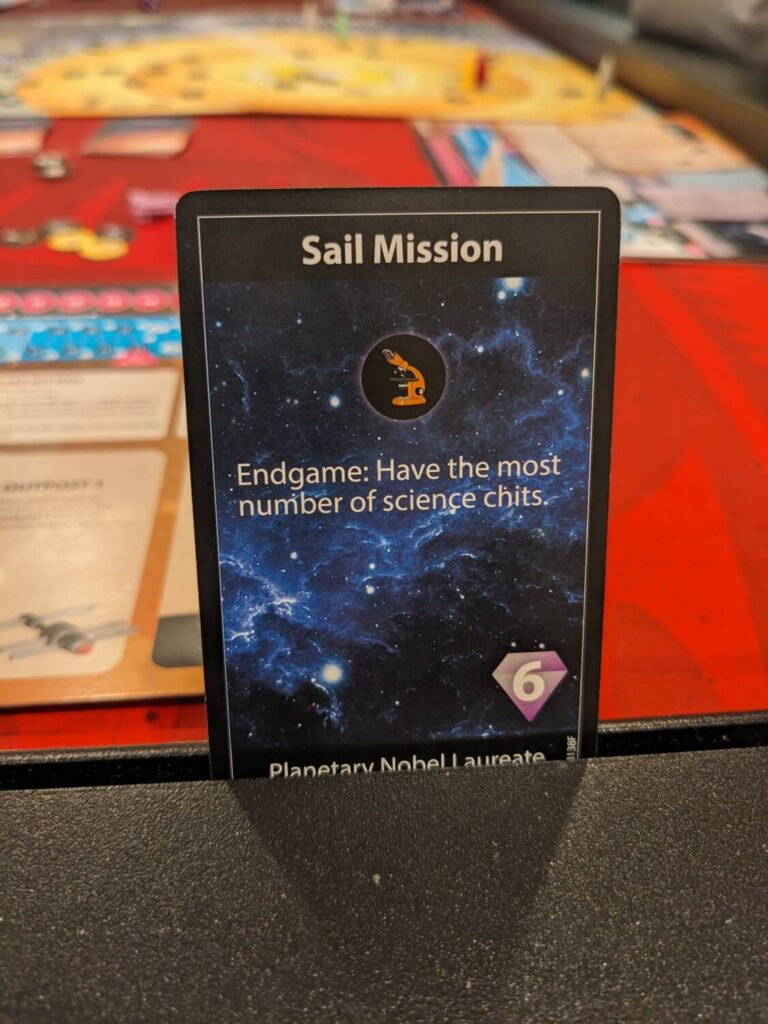
Buckle Up
The fourth rulebook is the Core Rules and I’ll summarize my first read of the Core Rules by telling you that there might not be a bigger “make or break” moment in all of gaming than when one decides to commit to reading the Core Rules for High Frontier 4 All. At this stage, you are all in, or you are all the way out. I know people who have put High Frontier 4 All up for trade by simply opening the Core Rules and immediately deciding that the answer is a firm no. (Another make-or-break point: when the rulebook reminds you that the game lasts 48 years—turns—per player. Yes, a four-player game of High Frontier 4 All takes almost 200 turns.)
The rulebook is not long. In a stretch where I have read multiple 50-100 page rulebooks for other games (hello, The Elder Scrolls: Betrayal of the Second Era!), plenty of games have lost their mind when it comes to providing long, detailed manuals. The High Frontier 4 All Core Rules manual is 56 pages long, so that’s not a major stretch given the game’s weight.
It’s the terminology, particularly the rulebook references to in-game terminology. In many ways, High Frontier is written in a foreign language, because it didn’t change any of the science-y words to describe the game’s functions. (This is becoming a standard trait of the Ion Game Design catalog, now that I am working to cover so many different Ion games. You really have to lean in if you want to embrace their catalog!)
So, my first 2-3 reads of the manuals were done only to get comfortable with all the new words. Well, new to me, at least. Designer Phil Eklund (who wrote the Core Rules) and a host of additional Ion team members who wrote the other guides included so many footnotes that I am guessing 10-20% of the text across the five manuals makes up just the footers. It’s a lot to take in, some of which is quite interesting, and some of which flew completely over my head.
All this is in line with a game that reaches the heights of strategy game complexity. High Frontier 4 All knows what it is, and as a result, players know exactly what they are getting. In some ways, I love it when a game gets how important that is when marketed to new players.
To Infinity, and Beyond!
Now that I’m through the rulebooks, I’m gearing up for multiple plays of High Frontier 4 All with two different groups: my weekly review group, and the friends I mentioned earlier who are High Frontier space junkies.
Over the next three articles in this series, we’ll talk about my experience diving into the game’s introductory variant, Space Diamonds; a run through the almost-full version of the game, Race for Glory, and at least two plays of the full game with the Core Rules.
High Frontier 4 All has one of the most loyal followings in the hobby. I’m looking forward to seeing why!


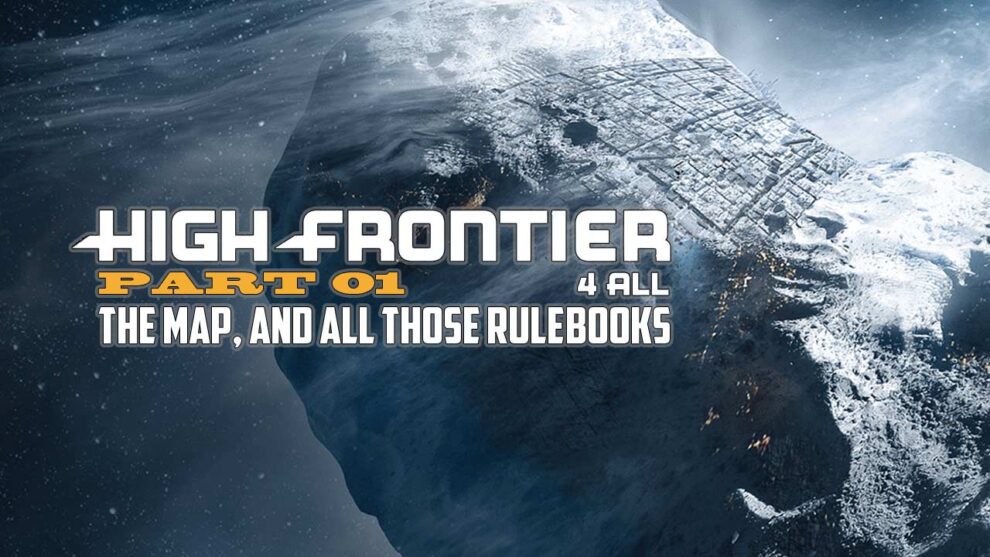
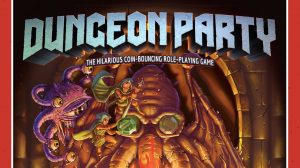
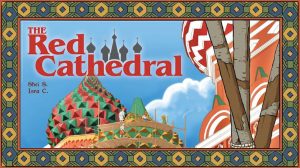



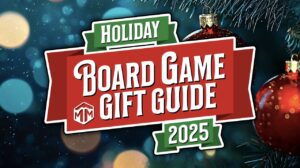
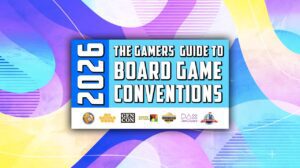

Loved your review, Justin, and I’m glad that players are attempting to spread the good word about this space “game”.
I consider myself an intermediate HF4A player, having firmly grasped the in and out’s of what makes a rocket efficient and affordable, although my risk management skills are still maturing when it comes to the eternal question: do I pay the FINAO cost of 4 aqua and land safely, or save some orbital bank and roll the die (literally) hoping to avoid the Big Red One.
I think one of the reasons that HF4A tends to intimidate many prospective players is that it really is more of a hybrid game/spacesim- but a very good one. The map routes represent levels of energy expenditure to get to various places, so that some sites which seem nearby on the map are actually farther away than they look in terms of FT costs. Then the players need to decipher the information on numerous card types to figure out how to piece together a functional rocket that won’t break the bank or get stranded after entering the Ceres heliozone because they put a solar-powered thruster on it.
Oopsies. There are a lot of oopsies in your early games of HF4A. It’s a steep learning curve made somewhat more challenging by the random events that happen during the sunspot cycle.
Yes, there are a LOT of rules, and all of them threaten to drown the new player which is why I think learning this game with an experienced friend would provide the smoothest onboarding. What’s surprising is how quickly one becomes accustomed to the those rules, leaving you to focus on the challenge of flying a rocket, claiming a site and building a factory on it to make- you guessed it- a better rocket!
The action economy can feel restrictive (one operation per turn and one movement per vehicle) at times, but I think the opposite would become overwhelming as you attempted to simultaneously manage multiple rockets, factories, politics, etc. (and you actually can do some multiple actions by adding modules). The expansions are very good, and probably best learned by adding them in sequentially except for Module 3 (Conflict). I typically play games that include M0+1+2. There’s enough material there to keep you occupied for a long time, and I haven’t even touched M4 Exodus (the first interstellar starship you can help construct) and the yet-to-be-released M5 Economy (which includes “more stuff”).
Admittedly, the game isn’t perfect: some of the concepts are abstracted by necessity, the give and take of luck and risk management is sometimes imbalanced. The issue that really stirs my O2 tanks in a bad way is the seemingly capricious nature of the Living Rules set and the lack of a published manual reflecting the same (although it’s available online in a continuously edited form). This was most apparent when I learned that your second Bernal is no longer “free” to be built in orbit, a major revision which significant implications for your limited aqua budget.
Am I smart enough to play this game? Hmm… maybe? Am I stubborn enough to keep exploring the solar system through various degrees of trial & error?
Definitively! 🖖
I’ve been fascinated by this game for nearly its entire 15 year lifespan. I’m no stranger to complicated games, but I feared with High Frontier my imagination far surpassed my appetite. Recently I found a lovingly cared for used copy of the base game and modules 1, 2, + 4. Sigh. Now I’m committed. 🙂
Thanks for sharing your thoughts in this article. I was similarly drawn in by that stunning, tantalizing map board. Hope to read your follow-up experiences with the game!